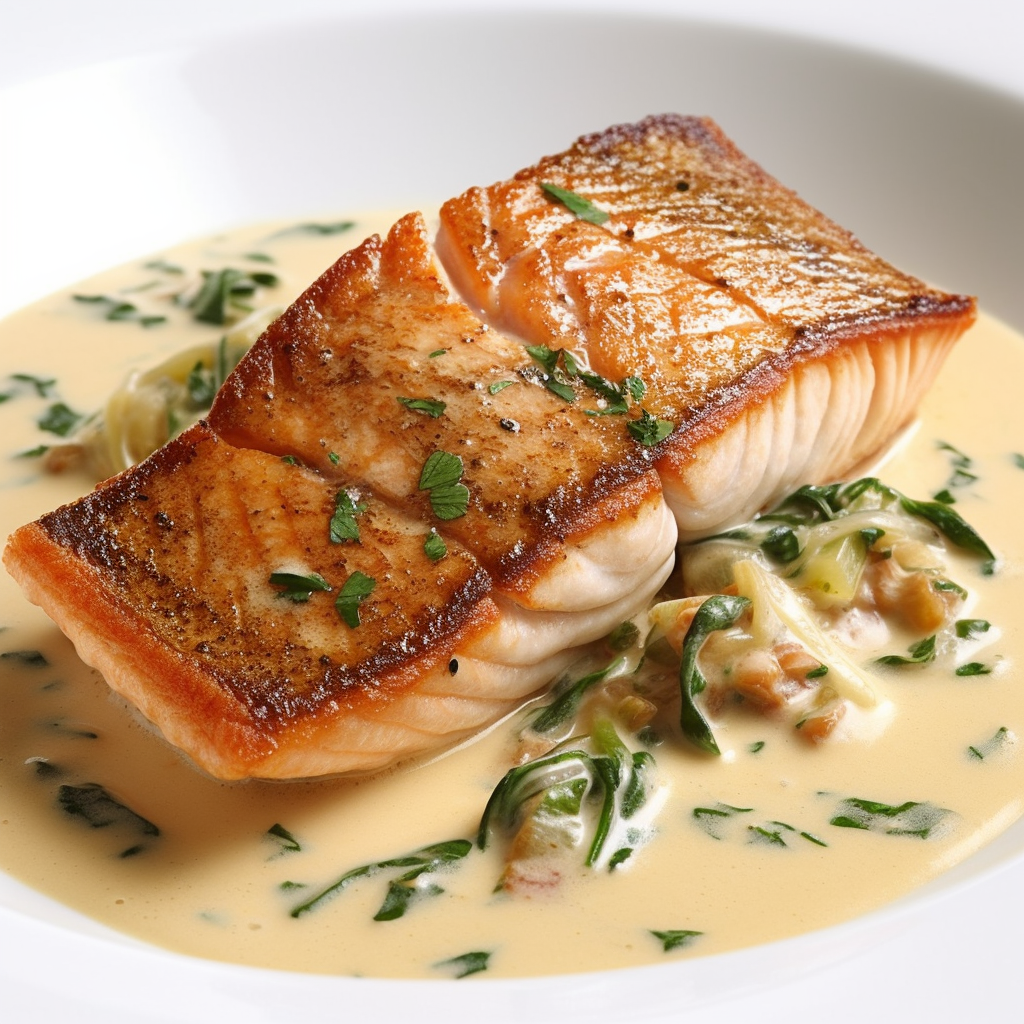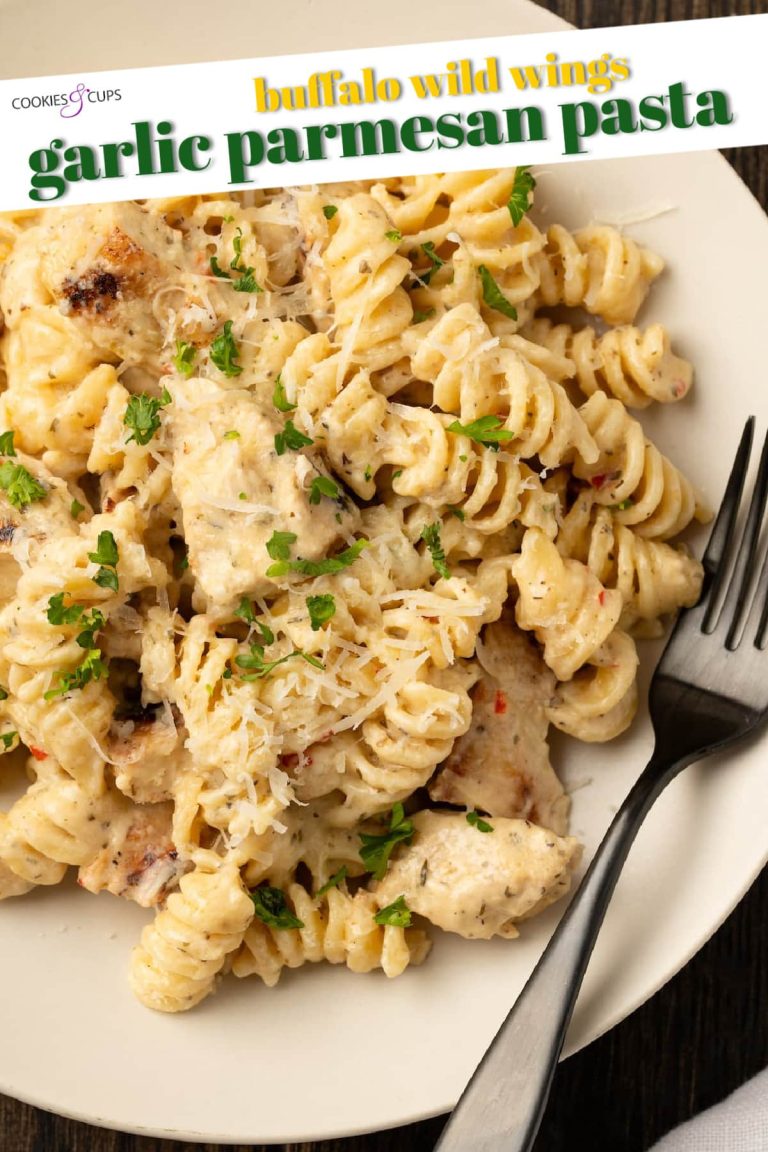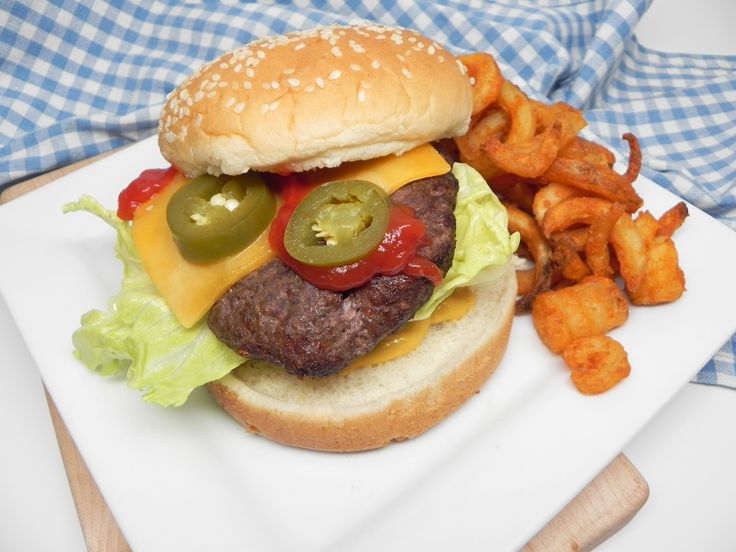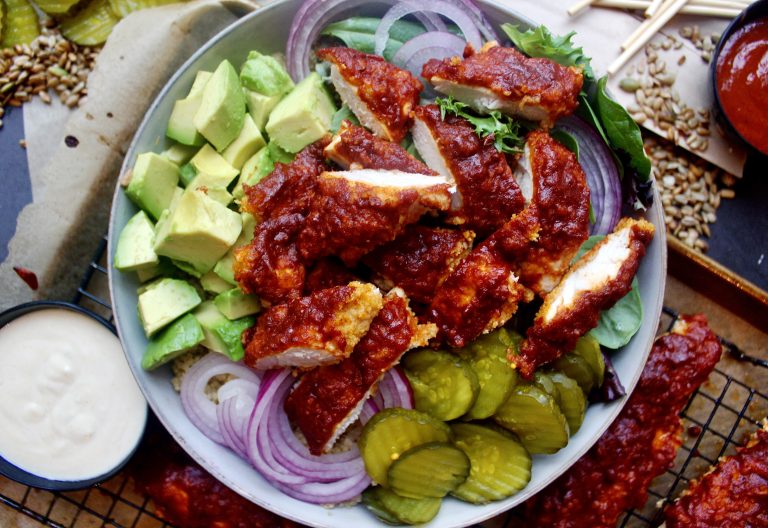Trout Meuniere Recipe: History, Cooking Guide, Nutritional Benefits, and Perfect Pairings
Trout Meuniere is a classic French dish originating from the region of Normandy. It’s been a staple in French cuisine for centuries, named after the “meunière” technique, which means “miller’s wife” in French. Historically, millers’ wives used flour as a key ingredient to create a light, crispy coating for fish. This technique became synonymous with cooking freshly caught river trout, highlighting its natural flavors without overpowering them. Over time, Trout Meuniere evolved into a timeless recipe appreciated by gourmands worldwide.
Key Ingredients Used in Trout Meuniere
Trout Meuniere requires simple yet high-quality ingredients to achieve its signature taste. Fresh trout fillets are essential for their delicate and rich flavor. Flour provides a light coating that crisps up during cooking. Butter is used generously to create the luxurious sauce. Lemon juice adds a bright acidity, balancing the richness of the butter. Parsley offers a fresh, herbal note to complement the other flavors. Lastly, salt and pepper are used to season the fish and enhance its natural taste. These ingredients come together to create a dish that’s both elegant and comforting.
How to Prepare Trout Meuniere
Step-by-Step Cooking Process
- Prepare Ingredients
Gather your ingredients: four fresh trout fillets, 1/4 cup of all-purpose flour, 1/2 cup of unsalted butter, the juice of one lemon, and 1/4 cup of chopped fresh parsley. Ensure fillets are clean, deboned, and patted dry. - Coat Fillets
Lightly coat each trout fillet in flour. Shake off any excess to get a thin, even layer. - Heat Butter
Melt butter in a large skillet over medium heat. Once the butter is foamy and slightly brown, it’s ready for the fillets. - Cook Fillets
Place fillets in the skillet skin-side down. Cook for 3-4 minutes per side, until they are golden brown and cooked through. - Add Lemon Juice
Once the fillets are cooked, pour fresh lemon juice over them while they’re still in the skillet. Let the mixture simmer for about 1 minute. - Garnish and Serve
Remove fillets from the skillet, place them on a serving plate and sprinkle with chopped parsley. Serve immediately for the best flavor.
- Select Fresh Trout
Always use fresh trout for the best flavor. Fresh trout has a clean, firm texture and a mild scent. - Uniform Coating
Ensure the flour coating is even. This helps create a smooth, golden crust. - Controlled Temperature
Maintain medium heat while cooking. High heat can burn the butter, spoiling the flavor. - Proper Lemon Juice Timing
Add lemon juice at the end of cooking. This ensures the fillets absorb the tangy, fresh flavor without becoming soggy. - Butter Quality
Use high-quality unsalted butter. It contributes to a richer, more authentic taste. - Parsley Freshness
Use fresh parsley, not dried. Fresh parsley adds a vibrant flavor and color contrast.
Following these steps and tips will help you create a delicious and authentic Trout Meuniere sure to impress your guests.
Nutritional Benefits of Trout Meuniere
Health Benefits of Trout
Trout offers numerous health benefits due to its rich nutrient profile. High in omega-3 fatty acids, trout helps reduce inflammation and lower the risk of heart disease, serving as a heart-friendly protein source. The fish contains essential vitamins like B12 and D, which support brain function and bone health, respectively. Rich in lean protein, trout supports muscle repair and growth while being low in saturated fats, making it an excellent choice for weight management.
Calories and Nutritional Value
Trout Meuniere offers balanced nutrition with controlled calorie intake. A standard serving of Trout Meuniere (approximately 150 grams) provides around 270 calories. This dish typically contains 20 grams of protein, 18 grams of fat, and 3 grams of carbohydrates. It supplies essential micronutrients including selenium, which aids in DNA synthesis, and phosphorus, which is vital for energy production. Consuming Trout Meuniere as part of a balanced diet promotes overall health without excessive calorie consumption.
Pairing Recommendations
Best Side Dishes
Complement Trout Meuniere with side dishes that enhance its delicate flavors. Consider these options:
- Green Beans Almondine: Saute green beans with butter and almonds for a nutty, crunchy side.
- Mashed Potatoes: Use light seasonings to create a creamy and smooth texture that balances the rich butter sauce of the trout.
- Steamed Asparagus: A simple steam preserves its natural taste, offering a fresh contrast to the buttery fish.
- Herbed Rice Pilaf: Infuse rice with herbs like thyme and parsley to add aromatic depth without overpowering the main dish.
- Cauliflower Gratin: Cheese sauce and roasted cauliflower provide a creamy accompaniment with a slight crunch.
- Chardonnay: Oaked Chardonnay complements the buttery sauce with its rich, creamy notes.
- Sauvignon Blanc: Choose a crisp, citrus-forward Sauvignon Blanc to cut through the richness and bring a fresh contrast.
- Pinot Noir: A light Pinot Noir works well if white wine isn’t your preference, offering soft tannins and red fruit flavors.
- Chablis: Its minerality and acidity provide a perfect balance to the dish’s flavors.
- Champagne: For a festive touch, select a Brut Champagne. Its bubbles and acidity add vibrance to the meal.
Conclusion
Trout Meuniere offers a delightful culinary experience that combines simplicity with elegance. By following the detailed cooking guide and using fresh ingredients, you can create a dish that’s both flavorful and nutritious. Pairing it with complementary sides and wines elevates the meal to a new level, making it perfect for any occasion. Enjoy the rich flavors and health benefits that come with this classic French dish, and savor every bite.





